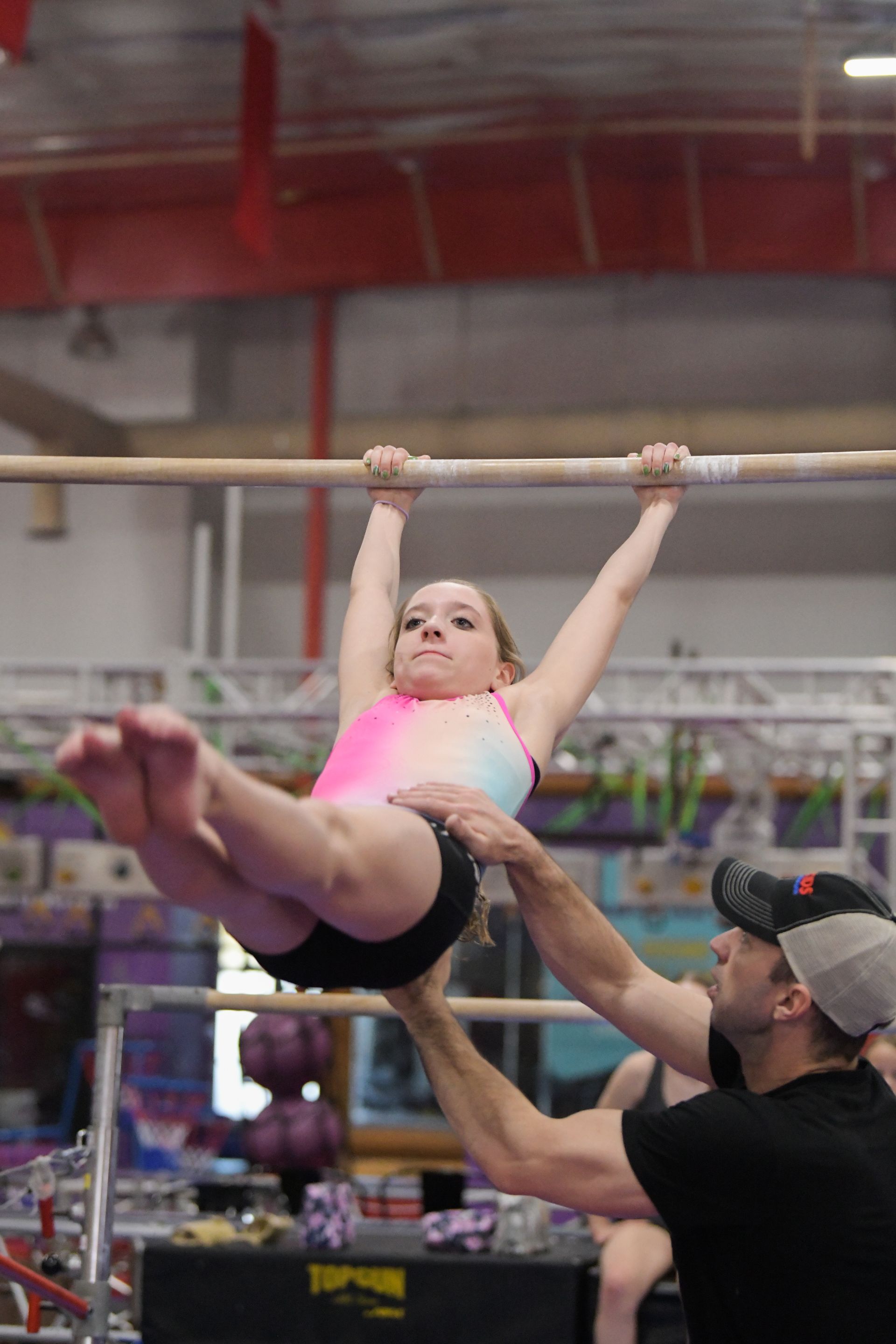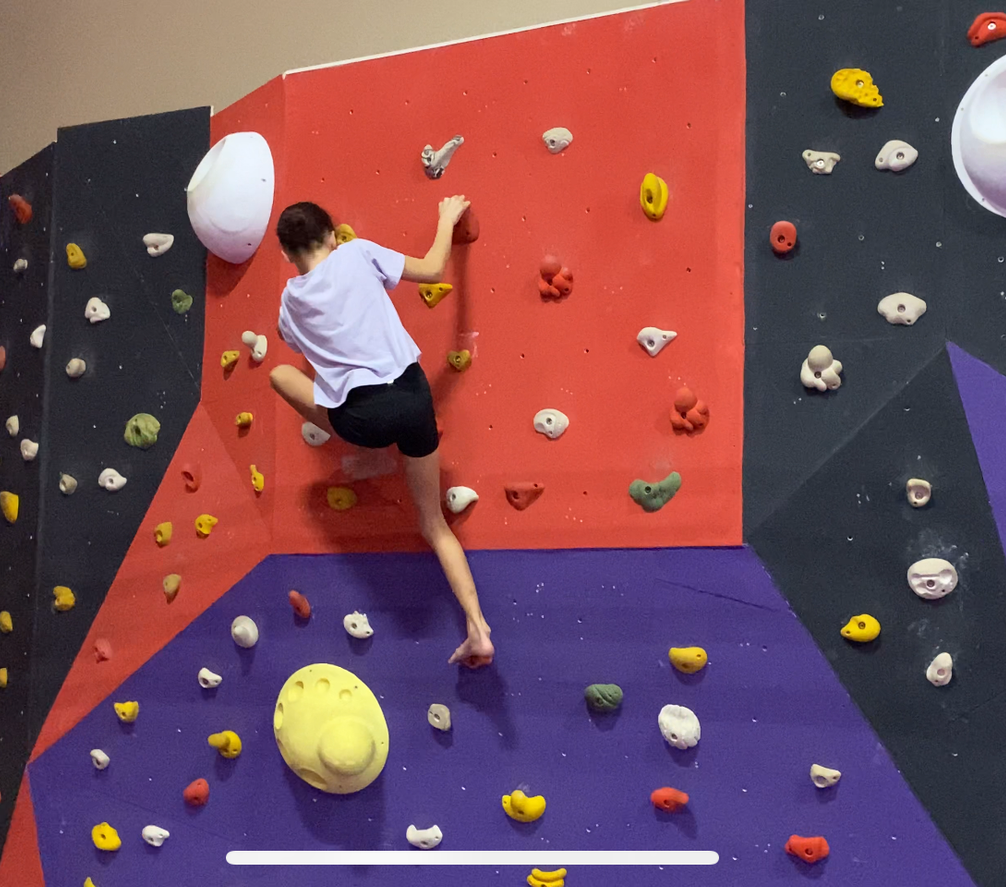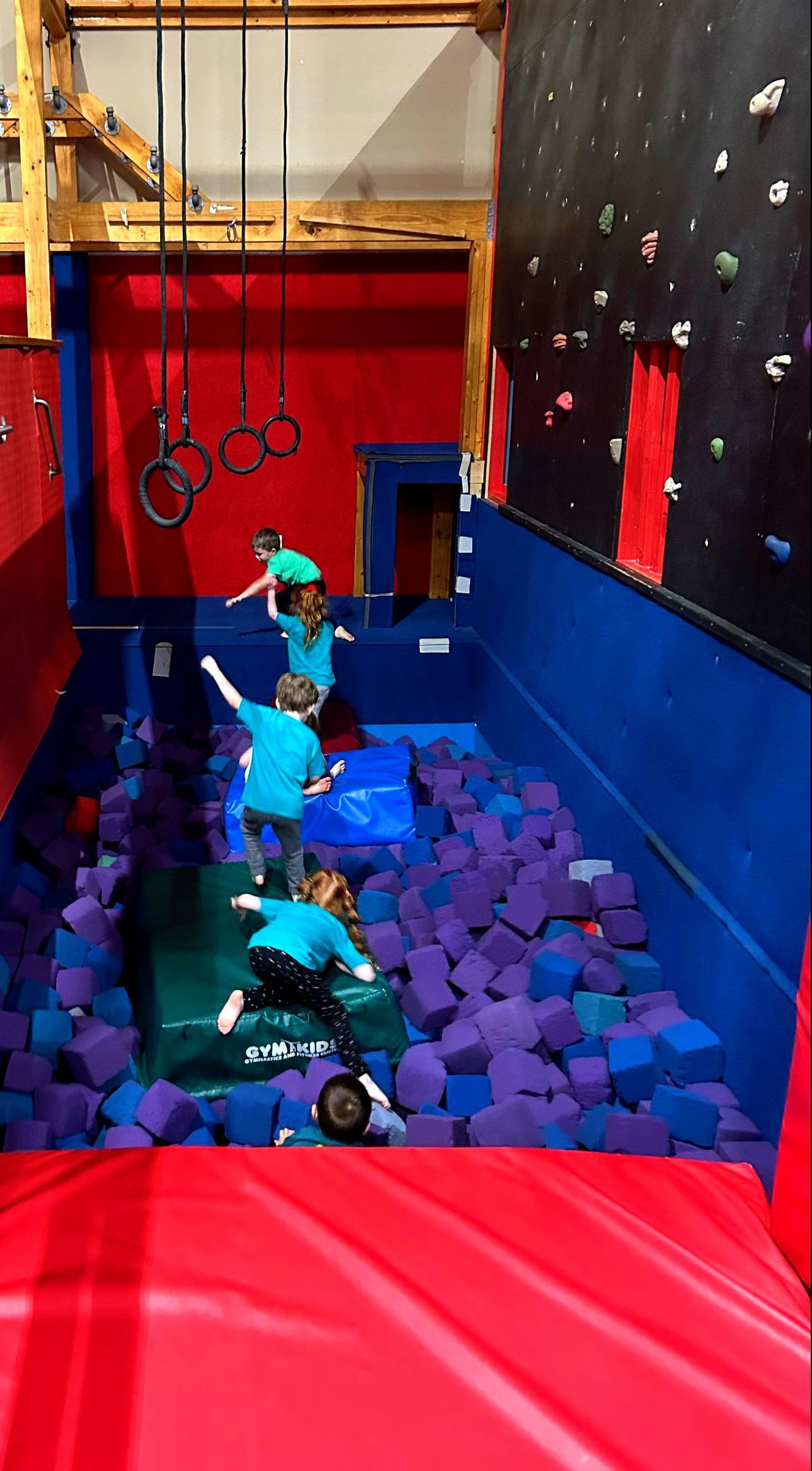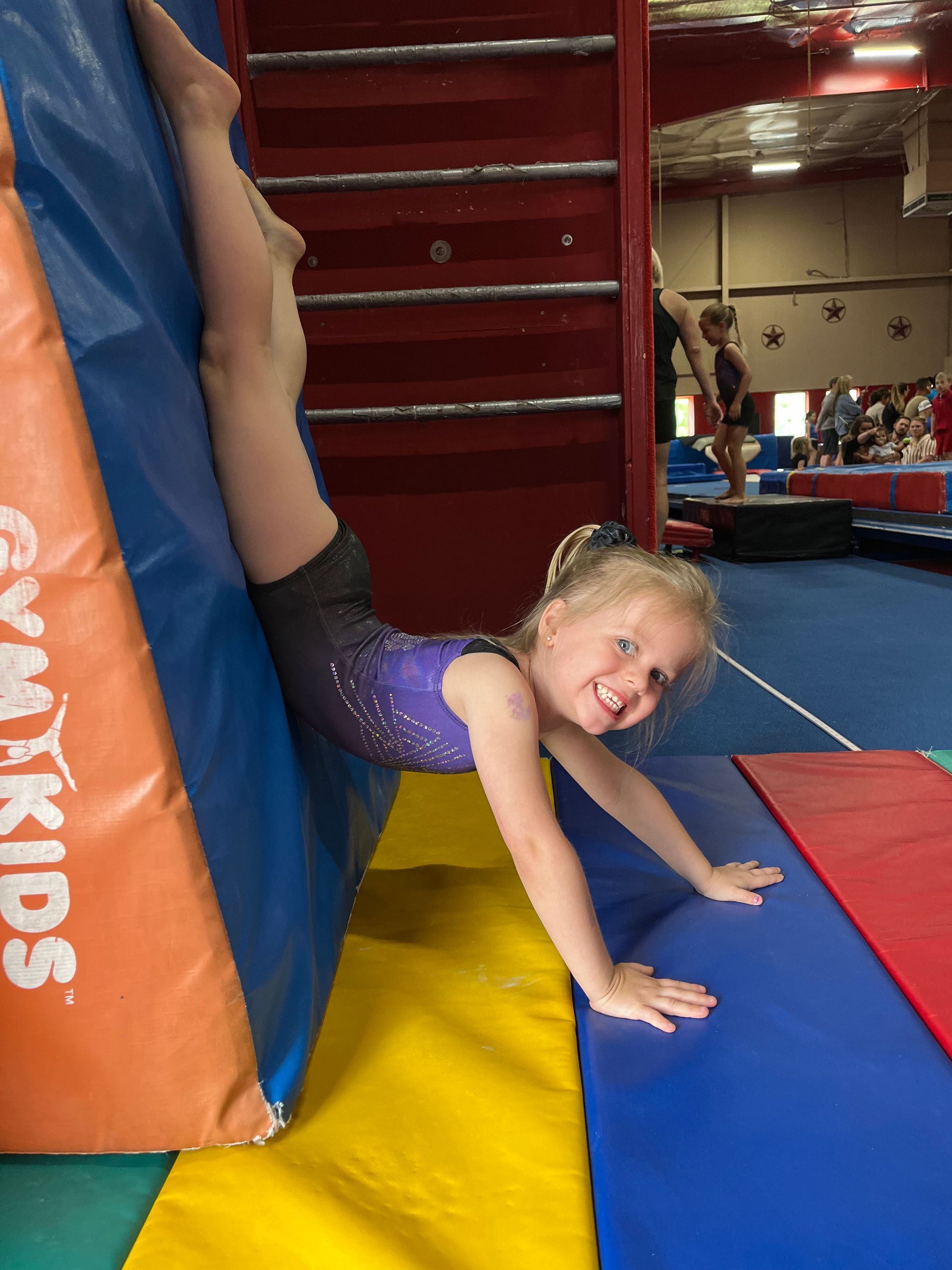The Evolution of Gymnastics
From Ancient Roots to Modern Marvels

Gymnastics, celebrated for its combination of strength, flexibility, and artistry, has a rich and storied history. From its ancient beginnings to its present-day form, gymnastics has evolved significantly, influenced by iconic figures and changes in its scoring system and events. Here, we take a journey through the history of gymnastics, highlighting its origins, key individuals who shaped the sport, the history of the U.S. Women's Gymnastics Team from 1970 to today, and the evolution of its competitive structure.
Ancient Beginnings
The origins of gymnastics can be traced back to ancient civilizations, where physical exercises were integral to daily life and military training. The term "gymnastics" itself is derived from the Greek word "gymnazein," reflecting the customs of ancient Greek athletes. The Greeks believed that a sound body was essential for a sound mind, and gymnastics played a crucial role in their education system.
Gymnastics was also present in ancient China, where exercises similar to modern calisthenics were practiced to improve health and physical strength. However, it was in ancient Rome that gymnastics began to take a more structured form, with activities such as tumbling and acrobatics becoming popular forms of entertainment.
The Birth of Modern Gymnastics
The modern form of gymnastics began to take shape in the late 18th and early 19th centuries. Johann Friedrich Guts Muths, a German educator, is often credited with founding modern gymnastics. His book "Gymnastics for Youth" (1793) outlined systematic exercises for physical development and is considered a foundational text for the sport.
Friedrich Ludwig Jahn, another German, further developed the sport by creating the first gymnastics clubs and promoting the use of apparatus such as parallel bars, rings, and the high bar. Jahn's influence earned him the title "Father of Modern Gymnastics," and his efforts helped spread gymnastics throughout Europe.
Iconic Figures in Gymnastics
Several individuals have left an indelible mark on the sport, pushing the boundaries of what is possible and inspiring future generations. Here are three iconic women from predominant Olympic countries:
Nadia Comăneci (Romania): Comăneci made history at the 1976 Montreal Olympics by scoring the first perfect 10.0 in Olympic gymnastics. Her flawless routines and pioneering skills set a new standard for excellence in the sport.
Olga Korbut (Soviet Union): Known as the "Sparrow from Minsk," Korbut's performances at the 1972 Munich Olympics captivated audiences worldwide. Her daring moves, including the Korbut Flip, brought a new level of excitement and innovation to gymnastics.
Simone Biles (USA): Widely regarded as one of the greatest gymnasts of all time, Biles has redefined the sport with her unmatched power, precision, and difficulty. Her record-breaking achievements and numerous world titles have cemented her legacy in gymnastics history.
History of the U.S. Women’s Gymnastics Team (1970 to Today)
The U.S. Women's Gymnastics Team has a rich history of success and evolution, marked by standout stories and legendary athletes. Here’s a look at the team’s journey through the decades:
1970s: The Dawn of Success
The 1976 Montreal Olympics marked a significant moment for U.S. gymnastics, with notable gymnasts like Nadia Comăneci (who competed for Romania) setting new standards. While the U.S. team did not win medals, this era laid the groundwork for future success.
1980s: The Rise of American Gymnastics
The 1984 Los Angeles Olympics was a breakthrough for the U.S. women’s team, led by Mary Lou Retton, who became the first American woman to win the all-around gold medal. Her perfect 10 on the vault was a defining moment. Other team members included Julianne McNamara and Kathy Johnson.
1990s: The Magnificent Seven
The 1996 Atlanta Olympics saw the "Magnificent Seven" make history by winning the first-ever team gold for the U.S. The team included iconic gymnasts such as Shannon Miller, Dominique Moceanu, and Kerri Strug, whose courageous vault on an injured ankle became legendary.
2000s: Continued Dominance
The U.S. women’s team continued to excel, with Carly Patterson winning the all-around gold at the 2004 Athens Olympics. The 2008 Beijing Olympics featured standout performances from Nastia Liukin, who won the all-around gold, and Shawn Johnson, who took silver.
2010s: The Era of Simone Biles
The 2012 London Olympics team, known as the "Fierce Five," included Gabby Douglas, who made history as the first African American to win the all-around gold, and Aly Raisman. The 2016 Rio Olympics saw the emergence of Simone Biles, who won four gold medals and one bronze, solidifying her as a gymnastics legend. The team, known as the "Final Five," also included Laurie Hernandez and Madison Kocian.
2020s: New Heights
The 2020 Tokyo Olympics, held in 2021 due to the pandemic, continued the U.S. dominance with Sunisa Lee winning the all-around gold and Jade Carey winning gold on floor exercise. Simone Biles overcame personal challenges and highlighted the importance of mental health in sports.
Evolution of Scoring and Events
The scoring system in gymnastics has undergone significant changes over the years. Initially, routines were judged on a scale from 0 to 10, with 10 being a perfect score. This system, however, came under scrutiny as routines became increasingly complex and subjective judgments led to controversies.
In 2006, the International Gymnastics Federation (FIG) introduced a new scoring system to address these issues. The current system separates the score into two parts: the Difficulty Score (D-score), which reflects the complexity and risk of the elements performed, and the Execution Score (E-score), which evaluates the quality and precision of the performance. This change aimed to provide a more objective and transparent evaluation of gymnastic routines.
The events in gymnastics have also evolved. Men’s Artistic Gymnastics (MAG) traditionally includes six apparatus: floor exercise, pommel horse, still rings, vault, parallel bars, and high bar. Women’s Artistic Gymnastics (WAG) features four apparatus: vault, uneven bars, balance beam, and floor exercise. Over the years, these events have seen the introduction of new elements and increased difficulty, reflecting the sport's dynamic nature.
Gymnastics Today
Today, gymnastics is a globally celebrated sport with a diverse range of disciplines, including rhythmic gymnastics, trampoline, and acrobatic gymnastics. It continues to captivate audiences with its blend of athleticism and artistry, pushing athletes to new heights of achievement.
At Win Kids, we are proud to be part of this rich tradition, nurturing young gymnasts who may one day make their mark on the sport. As we look forward to the upcoming Olympic Games and other prestigious competitions, we celebrate the history and evolution of gymnastics, honoring the past while eagerly anticipating the future.
---
By understanding the history and evolution of gymnastics, we gain a deeper appreciation for the sport and the incredible athletes who dedicate their lives to it. Let's continue to support and celebrate gymnastics, fostering a love for this remarkable sport in future generations.











